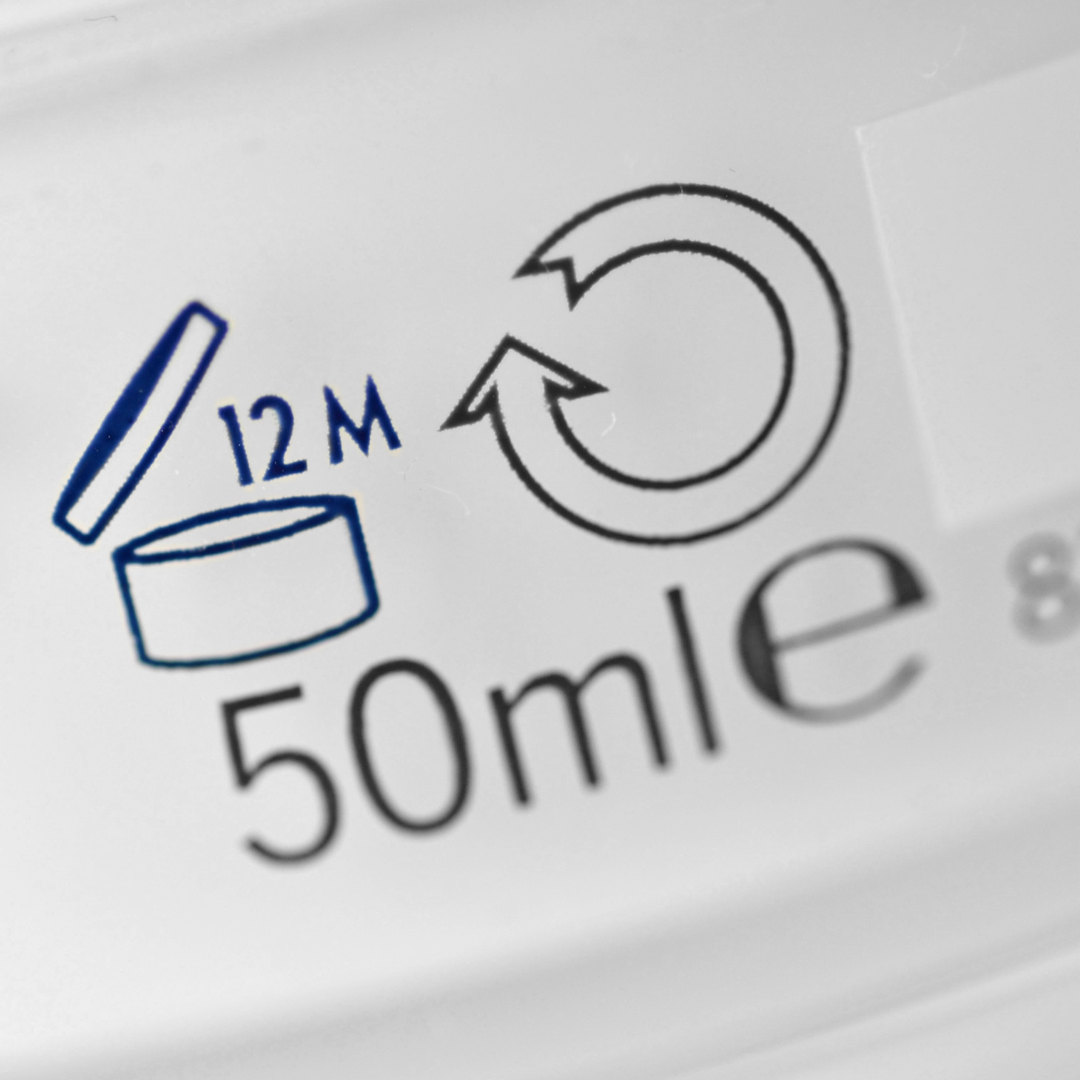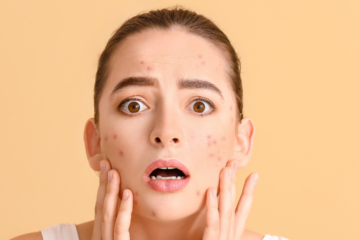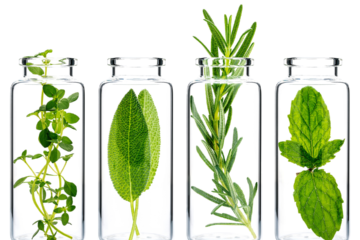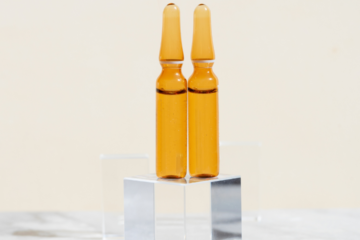The beginning of the year is the perfect time for a cleanup in your cosmetic bag. How long can we use eyeshadows, and how long can lipsticks last? Will a cream in an airless container serve us longer than one in a jar?
What is PAO, and what is the expiration date?
The term “minimum durability” is the time during which a cosmetic product, when stored according to recommendations, retains its properties and can be used safely. It can be indicated by the “best before the end of” date or the PAO (period after opening) symbol. The minimum durability date is usually preceded by the term “best used before the end of” or an hourglass symbol. It is clearly marked and applied to products that are recommended to be used within the first 30 months of opening. On the other hand, PAO, marked with an open jar symbol, provides information about the period of safe use of the cosmetic after opening and first use.
Water and air are the biggest enemies of cosmetic durability.
Depending on the product’s characteristics, recipe composition, packaging type, and stability, cosmetics may have varying durability. Products whose mass does not have direct contact with air or skin, such as aerosols or creams in airless packaging, tend to maintain their quality for a longer time due to limited risk of microbiological contamination. On the other hand, cosmetics in jars typically have a shorter shelf life. To maintain hygiene during application, it is recommended to apply them with clean hands or using a clean spatula, minimizing direct skin contact with the product and reducing the risk of contamination. Airless packaging can significantly extend the lifespan of cosmetics, even up to 12–15 months from the opening moment. Water-free formulas also tend to be more durable.
Proper storage is the key.
To extend the durability of cosmetics, it is recommended to store them in a cool, dry place, avoiding moist and variable bathroom conditions. Open jars in the bathroom can accelerate contamination of cosmetics by bacteria and molds. Exposure to sunlight and fluctuating temperatures can affect the properties of cosmetics. Do not leave cosmetics in extreme conditions. Do not add substances or dilute cosmetics. Changes in scent, consistency, or color may indicate spoilage. After eye or lip infections, discard used mascaras or lipsticks.
A good example of proper cosmetic product storage is the warehouses at MG Evolution®, where products are stored under strictly defined humidity and temperature conditions before they reach store shelves. We also ensure that every customer holding a product produced in our factory knows exactly how to store it, as information on this topic is provided on our product packaging, and airless packaging is one of our favorites!




